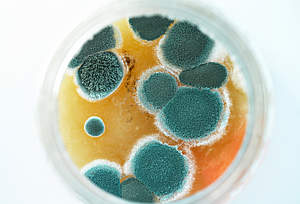Types of mold
It is estimated that there are around 250,000 mold species worldwide, of which only 100,000 have been specifically identified so far. Only a few of these molds are responsible for damage to the building fabric and furnishings or health consequences for the residents in apartments and houses. Black mold, green mold, and white mold are most common in living spaces. But the yellow mold and the red mold are also relevant. These, in turn, are partly caused by different types of mold.
In order to multiply, molds need moisture and nutrition. The mold covers this nutrient substrate with a cotton wool-like coating. With a little time, such large colonies of fungi can develop. The fruiting body of the mold is responsible for the respective color. In order to determine the different types of mold, the color, structure and growth of the mold are used.
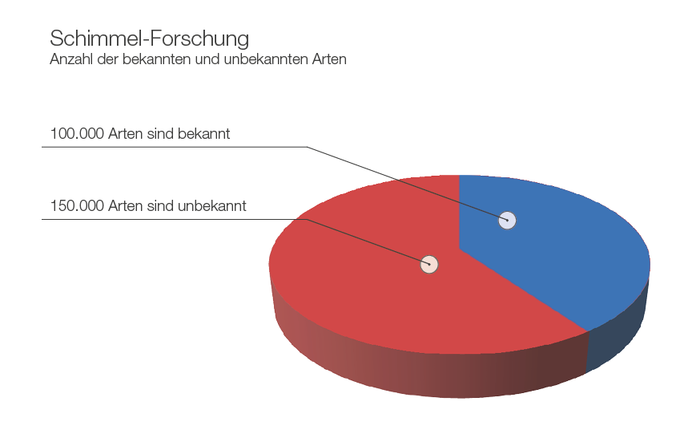
Types of mold at a glance:
- A trained expert should be consulted for the professional determination of mold
- The fruiting body of the mold is responsible for the respective color
- The specific type of mold cannot be determined based on the color alone; a mold test is required (including detecting black mold)
- Green mold on walls is the most common, but the health risks are less severe than with other types of mold
- Yellow mold is very dangerous to health, but rarely occurs in living spaces in Germany
- White mold sometimes goes undetected for a long time because it is inconspicuous; it irritates the mucous membranes and can turn into black mold after a certain period of time
- Red mold needs cellulose, which is found in wallpaper to grow, and can cause respiratory problems
- Different types of mold are possible for black mold; due to its high level of aggressiveness, it is very toxic to humans and animals in any case. Contact us so that you can recognize the black mold.
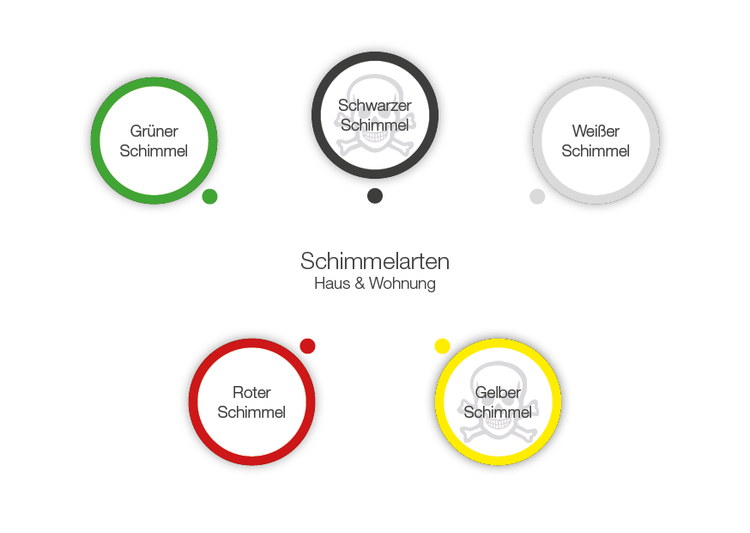
Occurrence and identifying features of the most common types of mold in living spaces
Recognize the right mold in the house:
Green mold
The most common mold l is the green mold “Aspergillus fumigatus”. Its spore carriers are greenish in color, while the remaining components appear gray to whitish. This mold is found very often on food and potting soil, but also on damp walls and ceilings, and it can spread through its spores all over the home. Damp rooms such as bathrooms and kitchens, joints and poorly ventilated areas such as under the floor covering or behind wall cladding are particularly at risk from green mold. We will help you if you find green mold on the wall or something similar.
Green mold can have different consistencies, but mostly forms a fluffy coating . It is not uncommon for it to appear together with other types of mold and thus form a colorful mixture.
The poison of this mold, gliotoxin, is not extremely harmful to animals and humans, but has an immune-weakening effect. It can trigger allergies, asthma and headaches, and the spores can infect the lung tissue and cause lasting damage.
Black mold
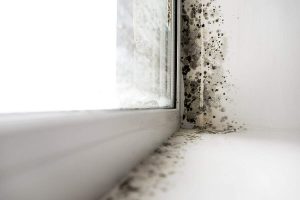
Black mold occurs frequently, especially when there are moisture problems in or on the wall. Walls, wallpaper, plastered walls and ceilings and tile joints are particularly at risk. Large temperature differences are not a problem for this mold, it thrives at a range of approx. 6 ° C to approx. 45 ° C.
Depending on the type of mold, black mold can be dry and powdery or slimy and gray . Even a white mold that has not been discovered for a long time often turns into black mold due to a change in the color of the fruiting body.
All types of black mold are extremely toxic to the human organism due to their aggressiveness and ability to survive. The common black mold “Aspergillus niger”, for example, can trigger various diseases, from allergies to kidney diseases to serious infectious diseases. Another black mold, “Stachybotrys chartaru” m, can lead to a disease called stachybotryosis, which is reminiscent of Alzheimer’s.
We are happy to help you so that you can recognize black mold and avoid it in the future.
White mold
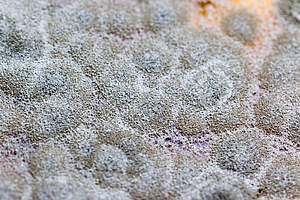
White mold occurs particularly frequently on ceiling or floor corners, in niches, behind furniture on outside walls and in the basement or generally in cold, unheated and damp rooms. However, this mold should not be confused with salt efflorescence on brick, concrete and mortar. Indications of white mold can be a slightly musty smell or the appearance of wood lice, silverfish or dust lice in the apartment , as these indicate a damp environment.
White mold irritates the mucous membranes and can lead to sinus infections, frequent colds, skin diseases, sore throats, coughs, chronic bronchitis or joint pain in residents. However, these warning signs are often misinterpreted and attributed to dry indoor air. If the air is then additionally humidified, the white mold will find even better growth conditions than before.
Red mold
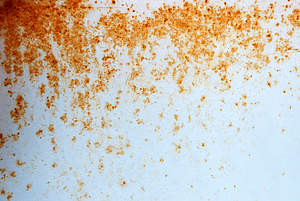
The mold red mold can lead to diseases that occur in the lungs, such as asthma.
Yellow mold
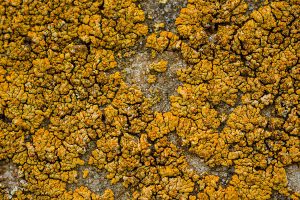
The mold yellow mold releases the poison aflatoxin into its environment during its metabolism and, like the black mold, is particularly hazardous to health. Aflatoxin can cause liver cancer and heart failure in humans.
Mold test to determine the types of mold
The manifestations of the individual types of mold are not always clear. Color, consistency and shape can vary and it is easy to mix up things. The color of the mold cannot provide sufficient information about the health risk either. Exactly which mold it is can only be clarified by a trained specialist and a laboratory analysis. Only the result of the analysis provides the necessary information for the further procedure and necessary remedial measures.
In practice there are several methods of determining the specific type of mold using a mold test. First, a sample is taken to identify the mold in the house. There are several ways to take this sample. The procedure also depends on whether the mold is visible or there is suspicion of mold spores in the air. A distinction is made between contact samples, material samples, dust samples, adhesive film or contact samples, room air samples, sedimentation, particle accumulation and MVOC measurement. Sometimes several methods are used in parallel to create a report with certainty. The samples are then examined in the laboratory.
Mike Hahn, state-certified construction technician and expert for moisture and mold damage: “Whether and how dangerous a mold infestation actually is can be precisely analyzed with the help of air or material samples in the laboratory. The mold concentration in the indoor air can be measured with CFU / m³ (colony-forming units per cubic meter of room air). "
Conclusion - types of mold
Types of mold in living spaces are differently dangerous. Black mold in particular is often found indoors and can be responsible for mold allergies and numerous other diseases. If mold is discovered, the specific type should be clarified by means of a mold test in order to derive the further procedure and remedial measures. Contact us if you want to clearly identify the mold in the house.


